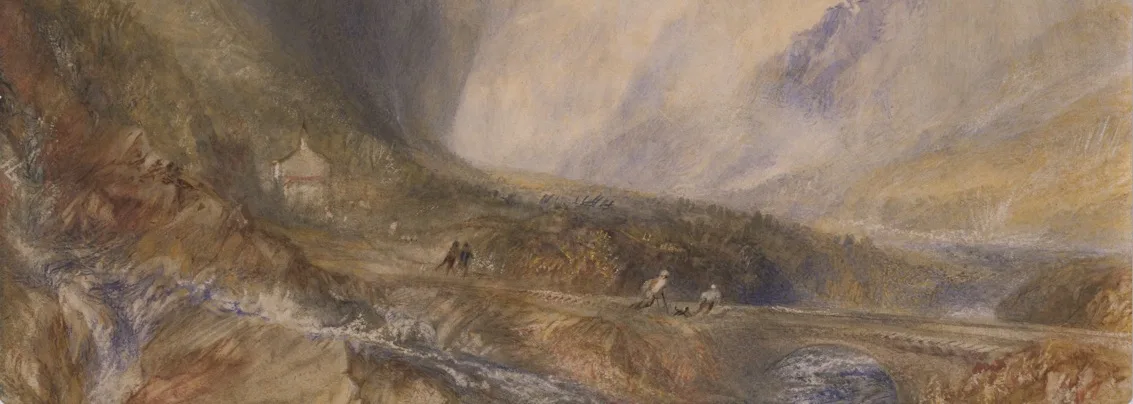Egon Schiele and Vincent Van Gogh to star in impressionist and modern art sale
London – Leading highlights by Egon Schiele and Vincent van Gogh are now on display at Christie’s New York until 17 May 2017 ahead of London’s Impressionist & Modern Art Evening Sale in June. Schiele’s Einzelne Häuser (Häuser mit Bergen) (1915, estimate: £20,000,000-30,000,000) was painted in the middle of the First World War and exemplifies the artist’s visionary understanding of landscape, which he used as an allegory of human emotion. Van Gogh’s Le Moissonneur (d’après Millet) (1889, estimate: £12,500,000-16,500,000), was painted in 1889, the same year that he left Arles and admitted himself into an asylum. The auction will take place on 27 June 2017 as part of 20th Century at Christie’s, a series of sales that take place from 17 to 30 June 2017. The works will tour to Hong Kong from 25 to 29 May 2017 and will be on view in London from 17 to 27 June 2017.
EGON SCHIELE: Schiele created landscapes filled with melancholy, charging the natural world with a deeper spiritual meaning. The autumnal setting of Einzelne Häuser (Häuser mit Bergen) can be seen as a metaphor for mortality; the crumbling facades of the townscape and surrounding trees used as an alternate physical expression of the elemental forces of growth, death and decay. As with almost all of Schiele’s townscapes, the buildings in Einzelne Häuser (Häuser mit Bergen) appear to represent his mother’s hometown, Krumau, a medieval Bohemian town on the Moldau River, known today as Český Krumlov on the Vltava in the Czech Republic. Schiele painted Einzelne Häuser (Häuser mit Bergen) on the reverse of a fragment of an older picture known as Monk I that dates from 1913. It is believed to have formed part of one of his largest attempted projects, Bekehrung (‘Conversion’), and is linked to the two monumental allegories that he produced the same year, of which only fragments, sketches and photographic evidence are now known.
VINCENT VAN GOGH: Painted in September of 1889 Le Moissonneur (d’après Millet) is one of ten paintings that Van Gogh made after a series of drawings by Jean-François Millet entitled Les Travauxdes Champs (1852), seven of which now reside in the Van Gogh Museum, Amsterdam, with the other two in private hands. The work of Millet became a major focus for Van Gogh during this period, following the gift of a set of engravings of Millet’s Les Travaux des Champs by Jacques-Adrien Lavielle that was sent to Van Gogh from his brother Theo van Gogh the same year. Le Moissonneur (d’après Millet), employs the composition of Millet but is filled with Van Gogh’s own dramatic and intense use of colour. With his back to the viewer, bent over as he works the fields, the male figure is illuminated against the deep blue sky and golden yellow fields.

















Show Comments +